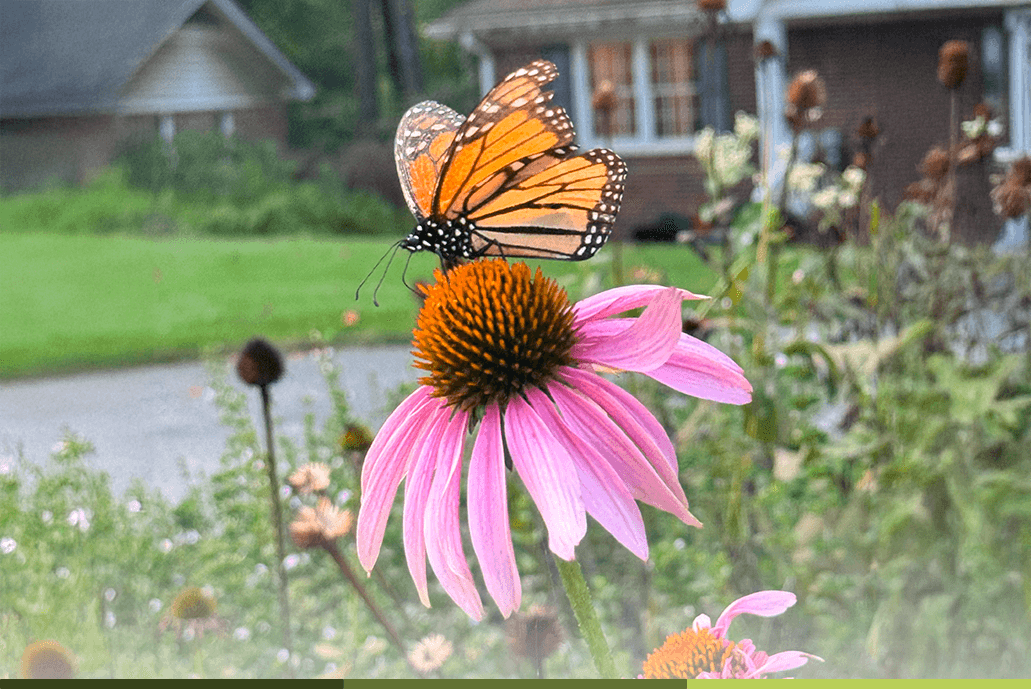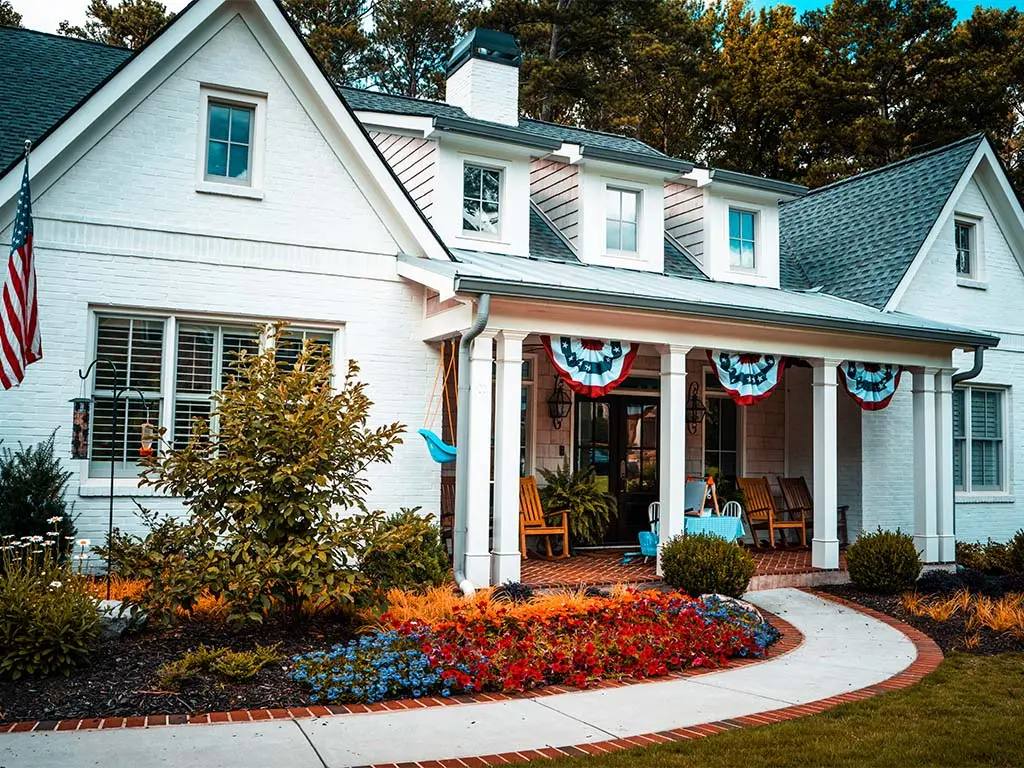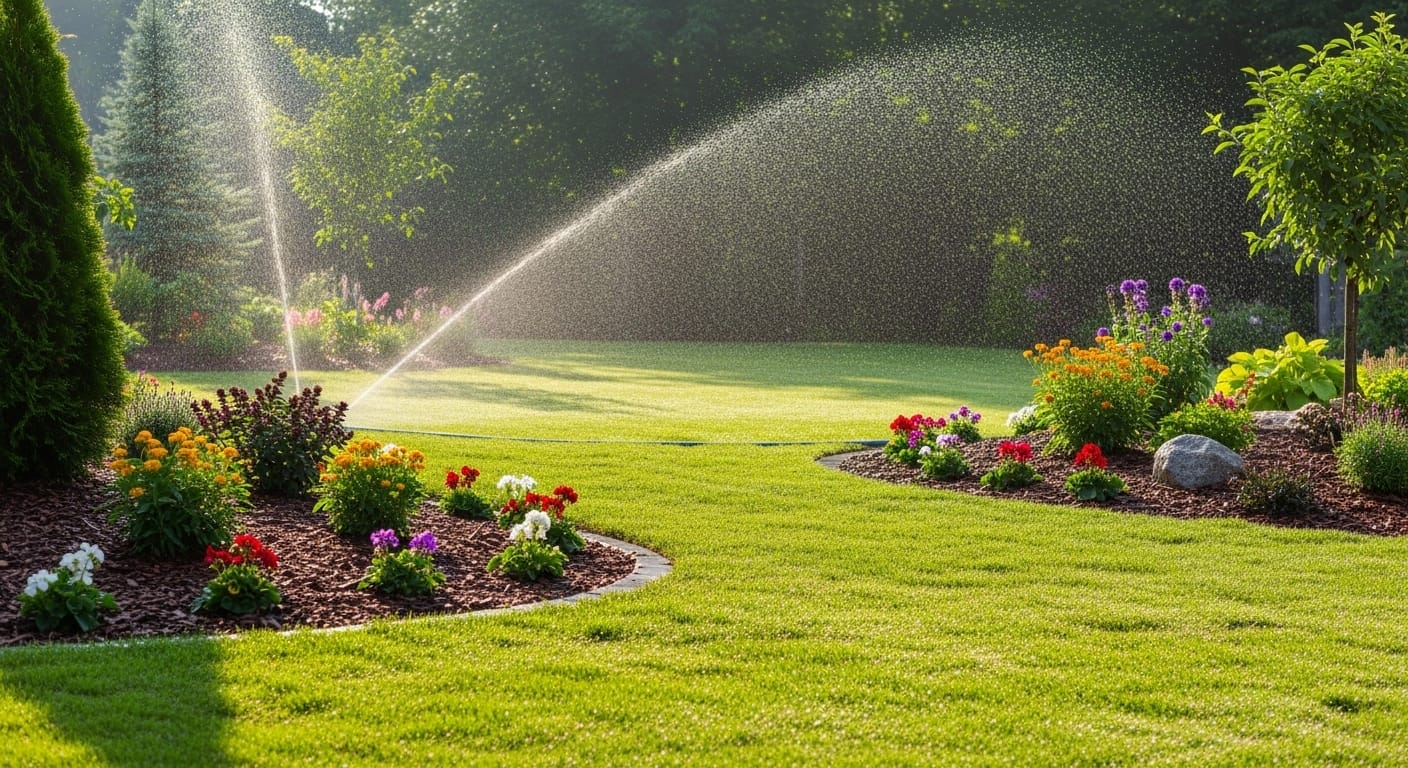Every fall, the skies over Decatur and Atlanta come alive with a vibrant natural show — the monarch butterfly migration. These iconic orange-and-black butterflies pass through Georgia on their epic 3,000-mile (4,800-km) journey to the mountains of central Mexico, transforming backyards, parks, and school gardens into colorful rest stops.
Whether you’re an experienced gardener, a curious student, or simply someone who appreciates nature’s quiet wonders, autumn is the perfect time to witness — and support — this breathtaking migration.
When and Why Monarchs Migrate Through Georgia
Monarch butterflies follow a unique two-way migration pattern. In spring, several generations travel north toward Canada. But in fall, a special “super generation” makes the long flight south to overwinter in Mexico. This generation can live up to nine months — far longer than the usual two to six weeks of their summer counterparts.
In Georgia, monarchs are most visible from late August through October. Their route includes key stops across metro Atlanta, where native plants and mild fall weather offer ideal refueling stations. The tree-lined neighborhoods and pollinator-friendly gardens of Decatur make it one of the best spots for sightings.
What Monarchs Need: Milkweed and Nectar
If you want to attract monarchs to your backyard or school garden, start with their favorite plant: milkweed. Monarch caterpillars feed exclusively on milkweed, which provides the chemical compounds that make them toxic to predators.
Adult monarchs also rely on nectar-rich flowers to fuel their long flight. In Georgia, top fall bloomers include:
- Goldenrod (Solidago spp.)
- Asters (Symphyotrichum spp.)
- Joe-Pye weed (Eutrochium spp.)
- Lantana (Lantana camara)
- Zinnias and Mexican sunflowers (Tithonia spp.)
Planting a mix of native, non-invasive nectar sources ensures monarchs have the energy they need to continue south.
Decatur’s Role in Monarch Conservation
Residents of Decatur are increasingly joining the movement to support pollinators. Local schools, community gardens, and homeowners are creating certified monarch waystations — habitats that provide milkweed, nectar, and shelter.
Organizations such as Monarchs Across Georgia and the Environmental Education Alliance (EEA) offer resources, workshops, and even free native plants to help residents create butterfly-friendly spaces. The Habitat Hero program has distributed thousands of native perennials across DeKalb County, including Decatur and Brookhaven.
Best Places to See Monarchs in Atlanta
While monarchs can appear in any sunny yard with the right plants, several Atlanta-area locations offer especially good viewing opportunities:
- Fernbank Forest & Science Center – Hosts outdoor learning events and pollinator campaigns each fall.
- Clyde Shepherd Nature Preserve – A hidden gem in Decatur with native plantings and open meadows.
- Atlanta Botanical Garden – Features curated pollinator gardens and educational signage.
- Oakhurst Community Garden – A neighborhood hub for ecological education and butterfly observation.
Bring binoculars, a camera, and a field guide — you might spot not only monarchs, but also swallowtails, fritillaries, and migratory birds.
Why Monarchs Matter
Beyond their beauty, monarchs serve as ecological indicators. Their population trends reflect the overall health of our landscapes. Unfortunately, monarch numbers have dropped sharply in recent decades due to habitat loss, pesticide use, and climate change.
Supporting monarchs means supporting biodiversity. It’s also a powerful way to connect both children and adults to the rhythms of nature. Watching a monarch emerge from its chrysalis or take flight on a crisp October morning is a moment of awe — and a reminder of our role as caretakers.
How to Help: Simple Steps for Decatur Residents
Want to make a difference this fall? Here’s how:
- Plant native milkweed, such as Asclepias tuberosa (butterfly weed) or Asclepias incarnata (swamp milkweed).
- Avoid pesticides, especially neonicotinoids, which harm pollinators.
- Leave fallen leaves and standing stems through winter to shelter overwintering insects.
- Join a local workshop or volunteer event — check Monarchs Across Georgia or Fernbank’s fall programs.
- Report sightings on citizen-science platforms like Journey North or iNaturalist.
Even a small patio planter or balcony garden can become a vital stopover for migrating monarchs.
Upcoming Events and Resources
This fall, keep an eye out for:
- Monarch Symbolic Migration – A classroom project connecting Georgia students with peers in Mexico.
- Fernbank Outdoor Learning Symposium – November 4, featuring sessions on pollinators.
- Native Plant Giveaways – Organized by Habitat Hero partners across DeKalb County.
For more information, check the Monarchs Across Georgia fall newsletter or visit AZ Animals’ guide on monarch migration in Georgia.
No matter where you are — Decatur, Brookhaven, or anywhere across the Atlanta metro area — this season offers a front-row seat to one of nature’s greatest migrations. Take the time to witness it, and help ensure it continues for generations to come.







